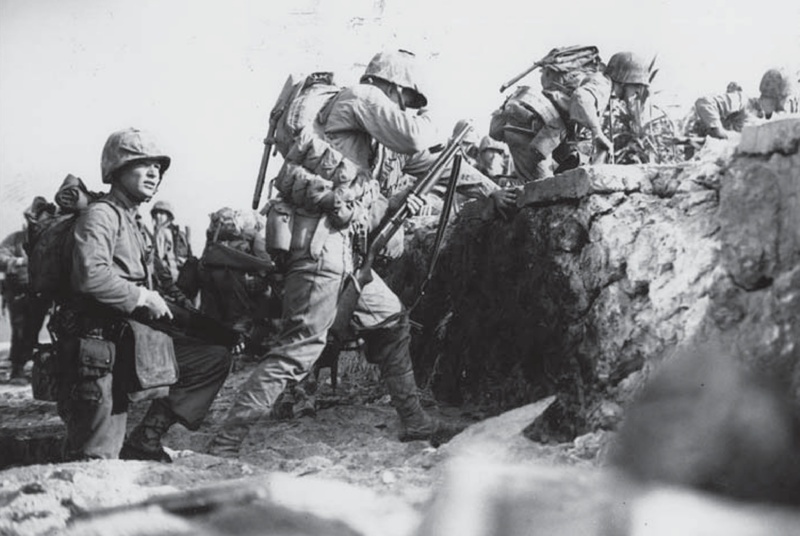Aside from a flame thrower, there are few close-range weapons as deadly as a shotgun. Shotguns are terrifyingly effective at short ranges, as their shot spread does not need to be precisely aimed to score a hit. At longer ranges, a shotgun peppers the target with fast-moving metal balls, while at close ranges shotguns can effortlessly inflict horrific wounds. For these reasons, the shotgun has found itself at home in close quarters combat in wartime, sometimes controversially. Until the 1960s the United States’ shotguns of choice have been the Winchester Model 1897 and 1912.
Both of these shotguns started life as commercially-sold firearms but quickly proved themselves on the battlefield.
Model 1897

The first of these was the Model 1897. This pump-action shotgun was produced by the Winchester Repeating Arms company and set the standard for which all shotguns that followed were measured against. As its name suggests it was introduced in 1897. Amazingly, this weapon stayed in production until 1957, with over 1 million being built in total. This makes the Model 1897 one of the most successful pump-action shotguns of all time.
The Model 1897 was once again used in WWII, and even in Vietnam in limited numbers. By this time though it had been mostly replaced by the Model 1912.
Model 1912

The Model 1912 succeeded the Model 1897 in much the same way the Model 1897 did to the 1893. Although this time the weapon was designed by T.C. Johnson, not Browning. As an evolutionary next step from the Model 1897, the Model 1912 had an internal hammer but retained the same pump-action and ability to fire when the action was closed. Starting production in 1912 and ending in 1964, almost 2 million Model 1912s were built.
